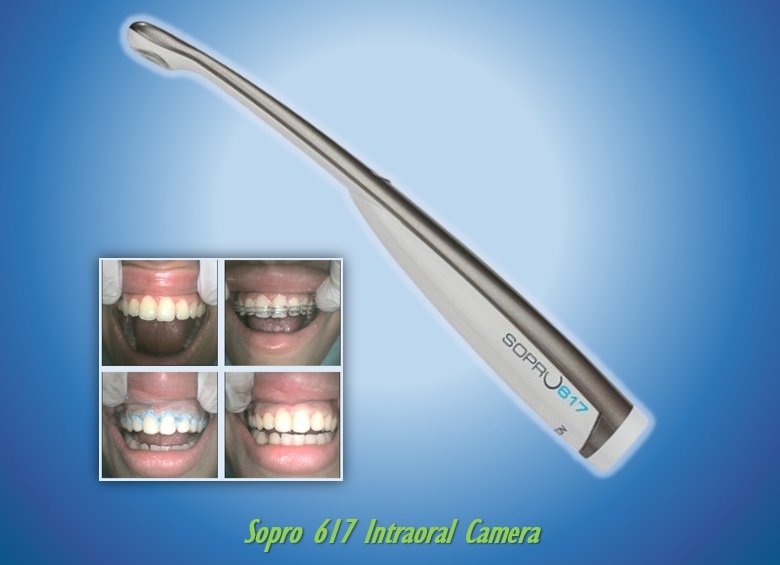How to select Intraoral Camera and its purpose in Dentistry

The intraoral images captured by an intraoral camera are the best approach to demonstrate to your patients the problem with their teeth. Intraoral cameras are currently used by a growing number of dental clinicians throughout the world to assess and diagnose dental issues quickly and secure patient cooperation for dental treatment. It is one of the most advanced diagnostic tools accessible today, and dentists and dental hygienists see it as a critical component of good dental care.
An intraoral camera is similar to digital radiography in that it captures images inside the mouth. It aids oral healthcare professionals in capturing photos of the tooth using a charged couple device and processing them into a visible image on a digital screen. Dentists can also use these photos to add to a patient\’s medical record for further assessment and treatment. It aids in the education of patients on the condition of their dental issue and the reason for the recommended treatment. It also aids in gaining a patient\’s trust, particularly in circumstances when treatment costs are considerable or patients are anxious.
Here’s how you can select an Intraoral Camera for your practice
- Type of Intraoral Camera: The intraoral wand and the single-lens reflex are the two most common forms of intraoral cameras.
- The intraoral Wand is the intraoral wand utilized inside the mouth, which necessitates the usage of protective coverings. Such cameras for the oral cavity provide exceptional visibility and clarity. The photographs may be viewed practically instantaneously, and the system becomes very simple to use. The USB connection on the intraoral wand cameras allows for mobility. This sort of camera is also quite good at reaching the hard-to-reach portions of the mouth. In addition, the camera has a high-intensity light source and magnification features.
- Single-lens reflex cameras are less expensive than intraoral cameras, making them more affordable. There is a range of automated options that make photography simple. These cameras provide incredibly high-quality photos and can also be used for other purposes. The high-end features of an intraoral wand camera must be carefully considered before making a purchasing choice.
- Image Quality: An intraoral camera\’s picture quality is critical for accurate diagnosis and successful patient engagement. The picture resolution, as well as the other functions (auto white balance and auto lighting), contribute to the camera\’s overall image quality. When the image is zoomed in or seen on big monitors, a high-resolution camera is required to avoid pixelation. The goal is to go as near to the subject as possible and get the clearest image possible with the highest file size feasible
- Compatibility with the software: An intraoral camera must be compatible with existing imaging and practice management software that dental offices use. Ensure that your overall work is not affected when choosing an intraoral camera. If the camera comes with imaging software from the manufacturer, make sure to verify whether the software is compatible with additional imaging systems like intra-oral sensors, panoramic units, and more, or if it is restricted to camera lens use alone.
- Design: Although the design of an intraoral camera may not affect picture recording or quality, the camera\’s weight is determined by whether it is made of plastic or metal. While a solid body is necessary for the camera to last a long time, it is also crucial to keep the camera body light. A large camera may be difficult to maneuver, causing the dental procedure to be restricted.
- Warranty from the manufacturer: High-end intraoral cameras are an investment, thus it\’s critical to safeguard them from damage. In addition, with such a large investment, the camera\’s manufacturer\’s guarantee must adequately safeguard the camera in the event of damage or failure. Check to see whether the product comes with an extended warranty. It is usually advisable to invest a modest sum to secure your camera against future damage and associated costs.
Conclusion
Purchasing an intraoral camera is an investment that will earn your patients\’ confidence and improve the effectiveness of your treatments; thus, it is essential to choose the camera wisely to avoid future complications.



